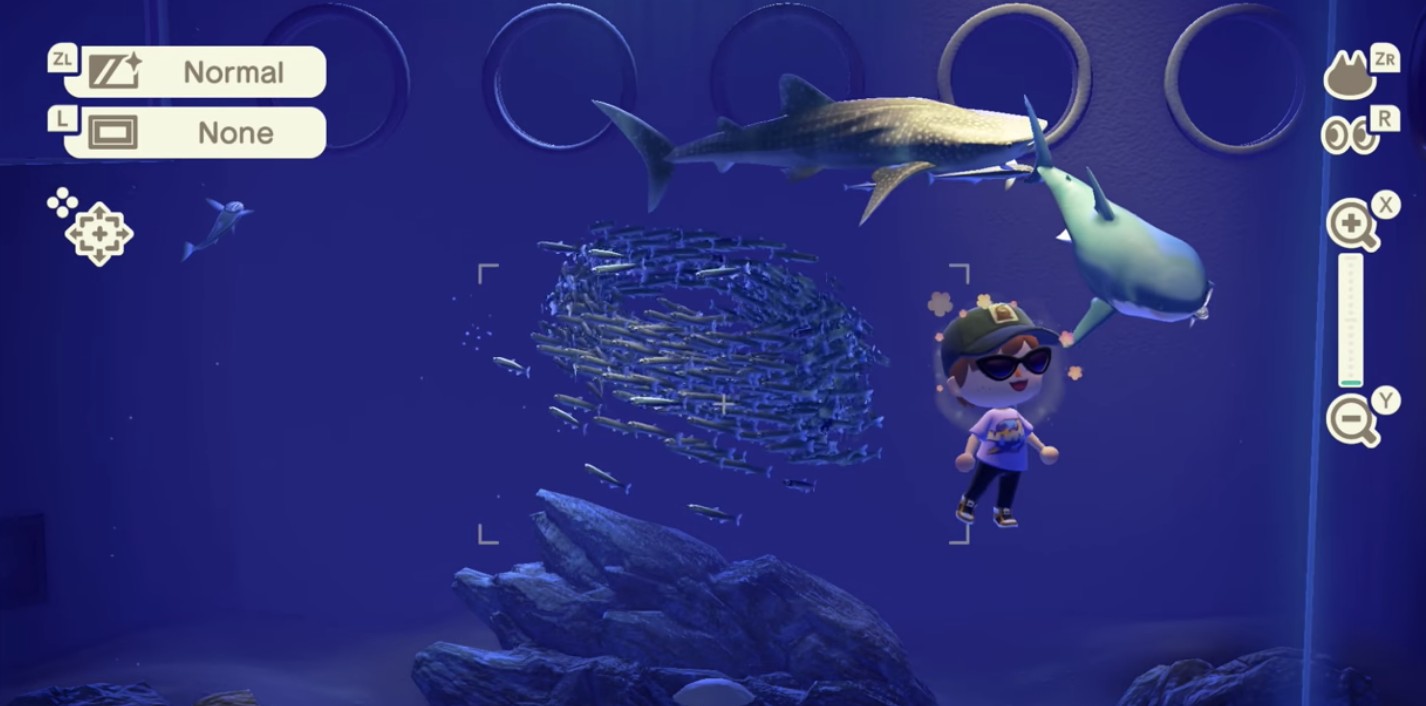Achieving a coveted 5-star island rating in Animal Crossing: New Horizons has become a significant milestone for many players on the Nintendo Switch.
Released in March 2020 by Nintendo, Animal Crossing: New Horizons rapidly became one of the best-selling titles on the platform, praised for its relaxing gameplay and extensive customization options.
Now, the official Animal Crossing: New Horizons guidebook has detailed exactly what is required to reach the illustrious 5-star status, providing players with a comprehensive roadmap to perfect their island. ### Understanding the 5-Star Island Rating System Animal Crossing: New Horizons evaluates your island using two main categories: Development points and Scenery points.
According to the official guidebook, a 5-star island requires at least 665 Development points and 450 Scenery points.
Balancing island infrastructure and its natural beauty is key to achieving this top rating, which unlocks special in-game rewards and is a point of pride among the global community. #### Scenery Points Explained Scenery points in Animal Crossing: New Horizons are earned by populating your island with trees and flowers.
Each fully grown tree awards 1 point, up to a cap of 190 points.
However, exceeding 220 trees invokes a penalty, so careful planning is advised.
For each adult flower, 1 point is gained, while flower sprouts, stems, and buds provide lesser values.
Players can optimize their Scenery score by aiming for 190 trees and supplementing with at least 260 flowers to reach the required 450 Scenery points threshold. #### Development Points and Island Infrastructure Development points are accumulated by constructing vital facilities and enhancing the island's structure.
Players receive 15 points each for building the museum, upgrading Nook’s Cranny, and establishing the Able Sisters’ tailor shop.
Bridges and inclines, both essential for island accessibility, contribute 15 points per unit, with maximum points awarded when reaching the limit of eight bridges and eight inclines. Further, placing furniture strategically increases your development score.
DIY furniture types and the diversity of placed items influence point distribution.
For fences, each piece grants 0.2 points, encouraging creative landscaping.
Notably, outdoor furniture and high-value items net bonus points—with furniture costing 2,000–20,000 bells yielding 1 extra point per item, and furniture over 20,000 bells offering a 2-point bonus. #### Star Rating Tiers Breakdown - 1 Star: Less than 80 Development and less than 200 Scenery points - 2 Stars: 80 to 159 Development and 200 to 269 Scenery points - 3 Stars: 160 to 399 Development and 270 to 349 Scenery points - 4 Stars: 400 to 664 Development and 350 to 449 Scenery points - 5 Stars: 665+ Development and 450+ Scenery points #### Avoiding Negative Impacts: Clutter and Littering Maintaining a 5-star rating also requires avoiding clutter and litter.
A block of 8x8 tiles is considered cluttered if 45 or more tiles are covered by dropped items, while having more than 15 small items on the ground classifies your island as messy.
Structures like buildings and bridges, or naturally dropped items such as branches and star fragments, do not count towards these penalties. ### Conclusion For devoted Animal Crossing: New Horizons players looking to reach the highest accolade, understanding the precise mechanics of development and scenery points is crucial.
By following Nintendo’s official guidelines as outlined in the game’s guidebook, dedicated fans can optimize their islands and enjoy all the prestige and rewards that come with a 5-star rating on the Nintendo Switch.
Released in March 2020 by Nintendo, Animal Crossing: New Horizons rapidly became one of the best-selling titles on the platform, praised for its relaxing gameplay and extensive customization options.
Now, the official Animal Crossing: New Horizons guidebook has detailed exactly what is required to reach the illustrious 5-star status, providing players with a comprehensive roadmap to perfect their island. ### Understanding the 5-Star Island Rating System Animal Crossing: New Horizons evaluates your island using two main categories: Development points and Scenery points.
According to the official guidebook, a 5-star island requires at least 665 Development points and 450 Scenery points.
Balancing island infrastructure and its natural beauty is key to achieving this top rating, which unlocks special in-game rewards and is a point of pride among the global community. #### Scenery Points Explained Scenery points in Animal Crossing: New Horizons are earned by populating your island with trees and flowers.
Each fully grown tree awards 1 point, up to a cap of 190 points.
However, exceeding 220 trees invokes a penalty, so careful planning is advised.
For each adult flower, 1 point is gained, while flower sprouts, stems, and buds provide lesser values.
Players can optimize their Scenery score by aiming for 190 trees and supplementing with at least 260 flowers to reach the required 450 Scenery points threshold. #### Development Points and Island Infrastructure Development points are accumulated by constructing vital facilities and enhancing the island's structure.
Players receive 15 points each for building the museum, upgrading Nook’s Cranny, and establishing the Able Sisters’ tailor shop.
Bridges and inclines, both essential for island accessibility, contribute 15 points per unit, with maximum points awarded when reaching the limit of eight bridges and eight inclines. Further, placing furniture strategically increases your development score.
DIY furniture types and the diversity of placed items influence point distribution.
For fences, each piece grants 0.2 points, encouraging creative landscaping.
Notably, outdoor furniture and high-value items net bonus points—with furniture costing 2,000–20,000 bells yielding 1 extra point per item, and furniture over 20,000 bells offering a 2-point bonus. #### Star Rating Tiers Breakdown - 1 Star: Less than 80 Development and less than 200 Scenery points - 2 Stars: 80 to 159 Development and 200 to 269 Scenery points - 3 Stars: 160 to 399 Development and 270 to 349 Scenery points - 4 Stars: 400 to 664 Development and 350 to 449 Scenery points - 5 Stars: 665+ Development and 450+ Scenery points #### Avoiding Negative Impacts: Clutter and Littering Maintaining a 5-star rating also requires avoiding clutter and litter.
A block of 8x8 tiles is considered cluttered if 45 or more tiles are covered by dropped items, while having more than 15 small items on the ground classifies your island as messy.
Structures like buildings and bridges, or naturally dropped items such as branches and star fragments, do not count towards these penalties. ### Conclusion For devoted Animal Crossing: New Horizons players looking to reach the highest accolade, understanding the precise mechanics of development and scenery points is crucial.
By following Nintendo’s official guidelines as outlined in the game’s guidebook, dedicated fans can optimize their islands and enjoy all the prestige and rewards that come with a 5-star rating on the Nintendo Switch.






